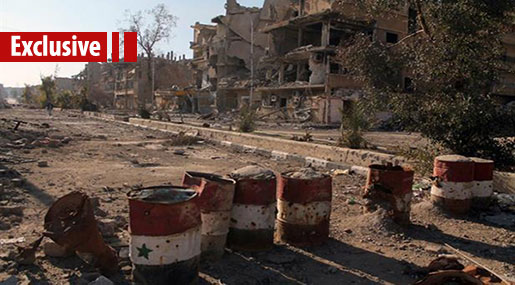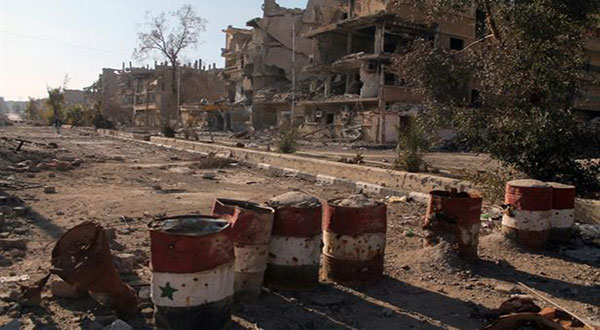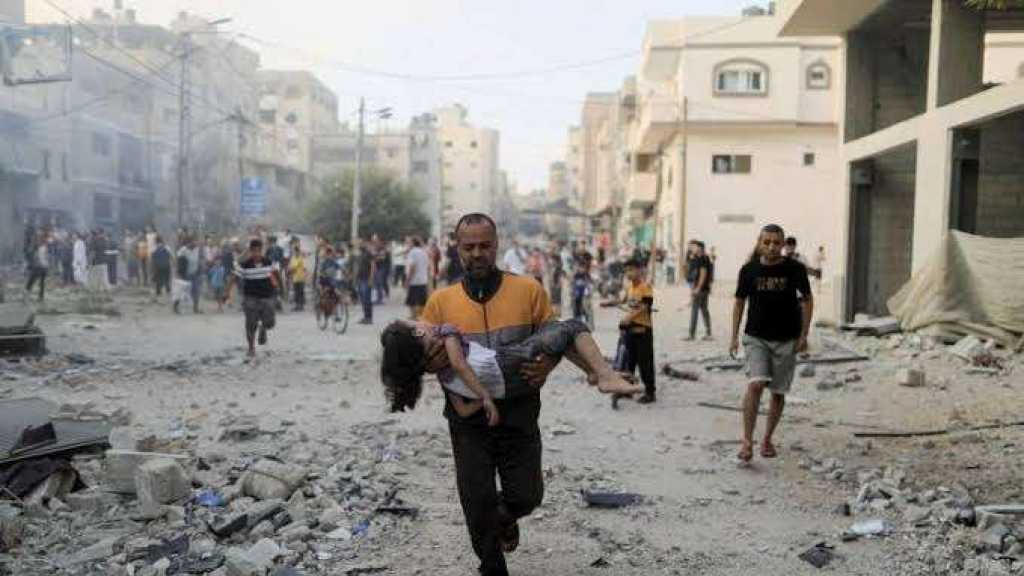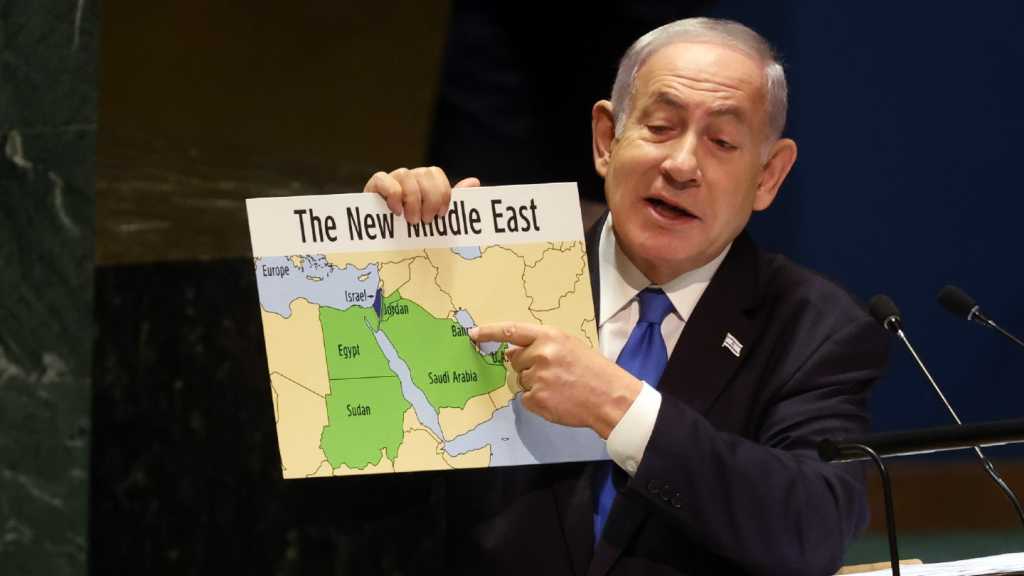
Odd Developments on the Deir Ez-Zor Front

Darko Lazar
The breaking of the three-year-long Daesh [Arabic acronym for "ISIS" / "ISIL"] siege over the eastern Syrian city of Deir ez-Zor has been followed by a series of strange developments along the frontline.

The first of these was the appearance of American Humvees and Cougars in areas occupied by Daesh militants.
Last week, the Russian Ministry of Defense released a collection of aerial images showing equipment used by US special forces operating freely among Daesh formations.
The images also showed American troops enabling the smooth advance of the US-backed Syrian Democratic Forces (SDF) through Daesh-held territory.
"Facing no resistance from Daesh militants, the SDF units are advancing along the left shore of the Euphrates towards Deir ez-Zor," the ministry said in a statement.
According to Moscow's interpretation, US military personnel "feel absolutely safe" in the area controlled by terrorists, demonstrated by the fact that they chose not to deploy a "screening patrol".
Shortly after the images were released, the battlefield witnessed another odd occurrence, involving the death of a Russian Lieutenant-General.
Valery Asapov, who was assisting in the liberation of Deir ez-Zor, was killed during Daesh shelling on a Syrian army command outpost.
Highlighting the peculiar nature of the attack is the sheer precision of a single projectile - most likely guided from the air - that killed the Russian.
Russian media reported that an investigation into the incident revealed that Asapov's death was the result of "leaked information on his location to the side that carried out the attack".
Earlier, Russia's Deputy Foreign Minister Sergei Ryabkov made it clear where he believes the blame lies. He described the demise of the senior officer as his country's "payment in blood for the duplicity of US policy in Syria".
Both the images showing American troops teaming up with terrorists and Asapov's death are further proof of Washington's reliance on Daesh for securing an unopposed advance for its Kurdish proxies in Syria, as well as occupying the strategic and oil-rich territory in Deir ez-Zor.
The gloves come off
Forced to abandon their objective of toppling the Damascus government, the Americans and their allies have long since been focused on capturing eastern chunks of Syria and its oil-laden regions.
It is now an open secret that oil resources in both Syria's Deir ez-Zor and Iraq's disputed Kirkuk region have been earmarked as an essential revenue stream for emerging Kurdish statelets.
American control over the area was meant to aid in the rise of a Greater Kurdistan, which would not only separate Damascus from its allies in Iran and Iraq, but would also serve as the new regional buffer against the Resistance Axis.
Although the Syrian army's push eastward and the breaking of the Deir ez-Zor siege created unforeseen obstacles for Washington's agenda, the Americans have refused to admit defeat.
Instead, the world is being treated to an American military that is a lot less shy about its collaboration with terrorists and a lot more openly hostile towards Damascus and its allies.
As such, the fact that Washington has abandoned the ‘Assad must go' mantra, should not be expected to translate into a less hostile US military effort in Syria.
On the contrary, Syria, Hezbollah, Iran and Russia should expect more attacks similar to the one that killed Valery Asapov as the race for Deir ez-Zor heats up.
Growing fears over a direct superpower clash
Earlier this month, the mainly-Kurdish SDF reportedly occupied the Tabiyeh and al-Isba oil fields in the northwestern countryside of Deir ez-Zor. There is little doubt that the SDF were accompanied by US Special Forces, who likely provided the same sort of logistical and tactical support captured in the images released by Russia's Ministry of Defense.
However, neither Damascus nor its allies can be expected to hand over Syria's oil fields without a fight.
The developments on the ground have led some experts to conclude that the current phase of the six-year-long war may be its most dangerous.
The fear is that the battle for Syria's crucial resources and strategically located territory could spark a direct confrontation between the world's rival superpowers.
And although some steps have been taken to avoid such a scenario, the only way to guarantee that a clash is averted is if one side backs down. Thus far, there is little sign of compromise.
Source: Al-Ahed News
Comments



